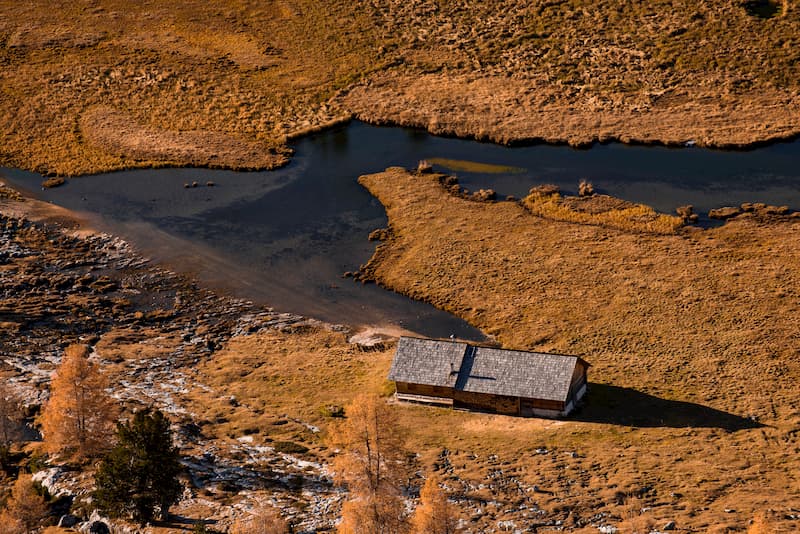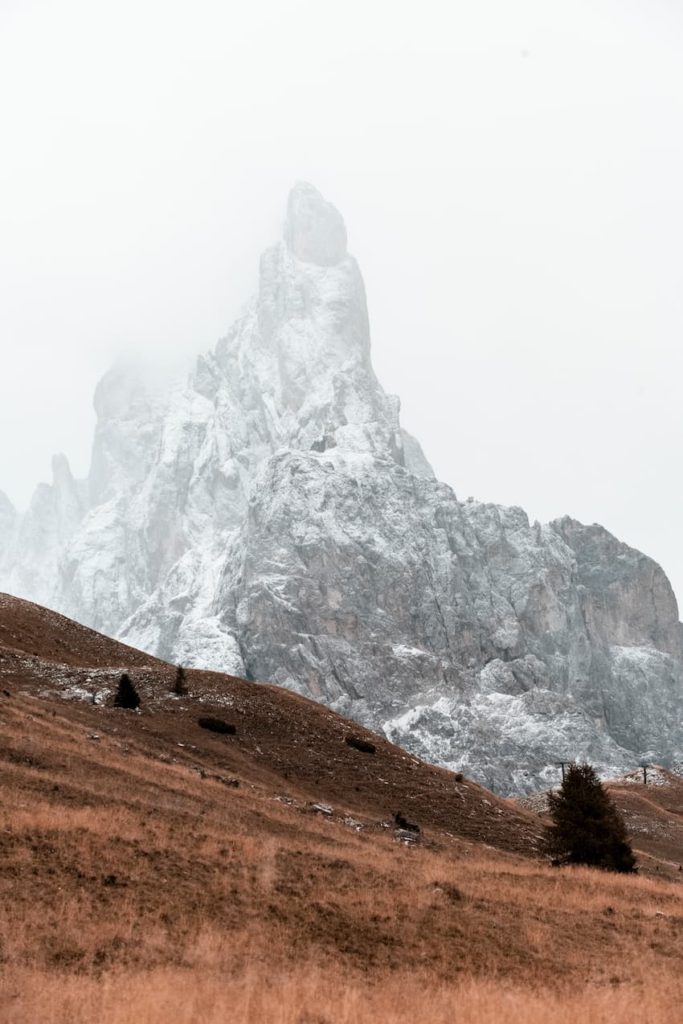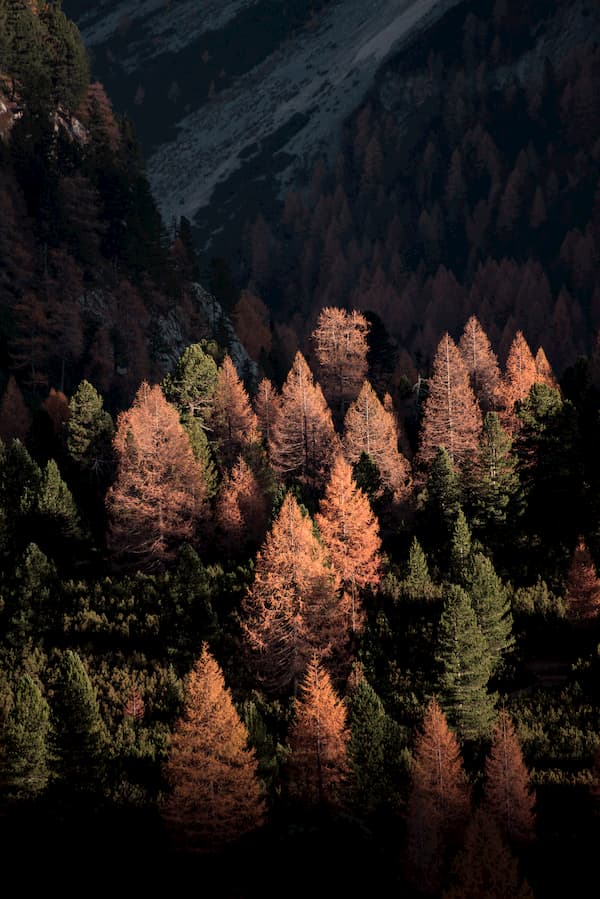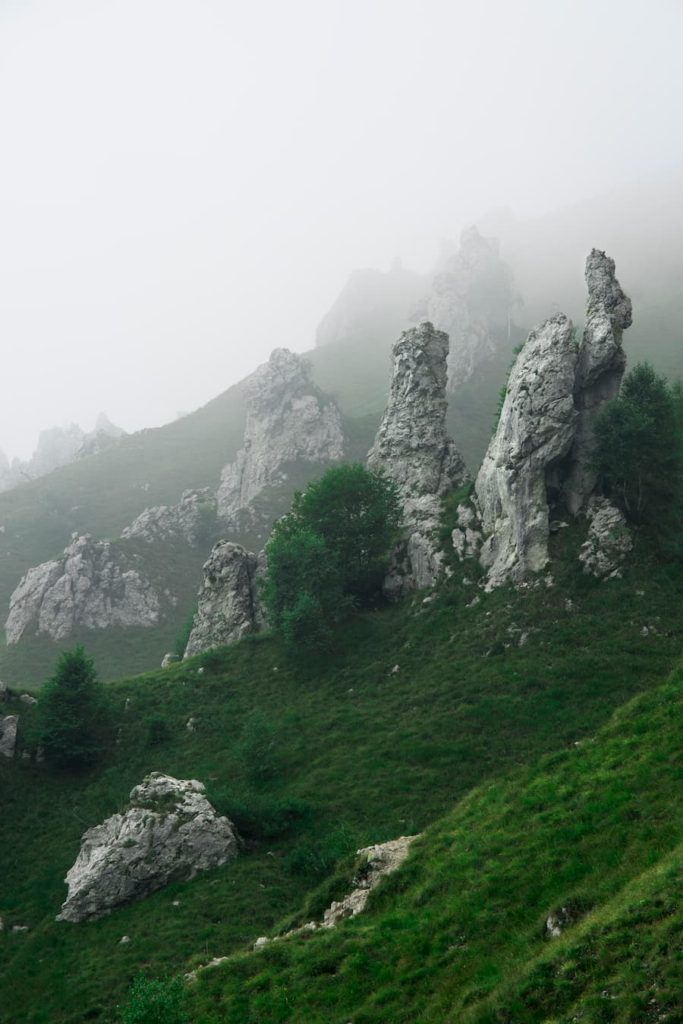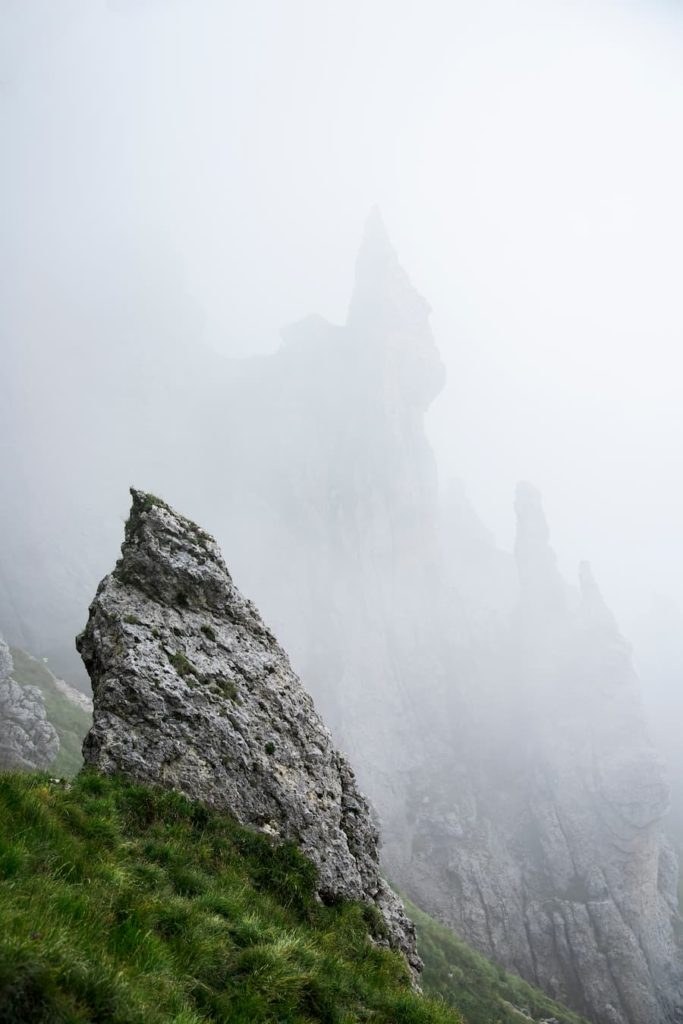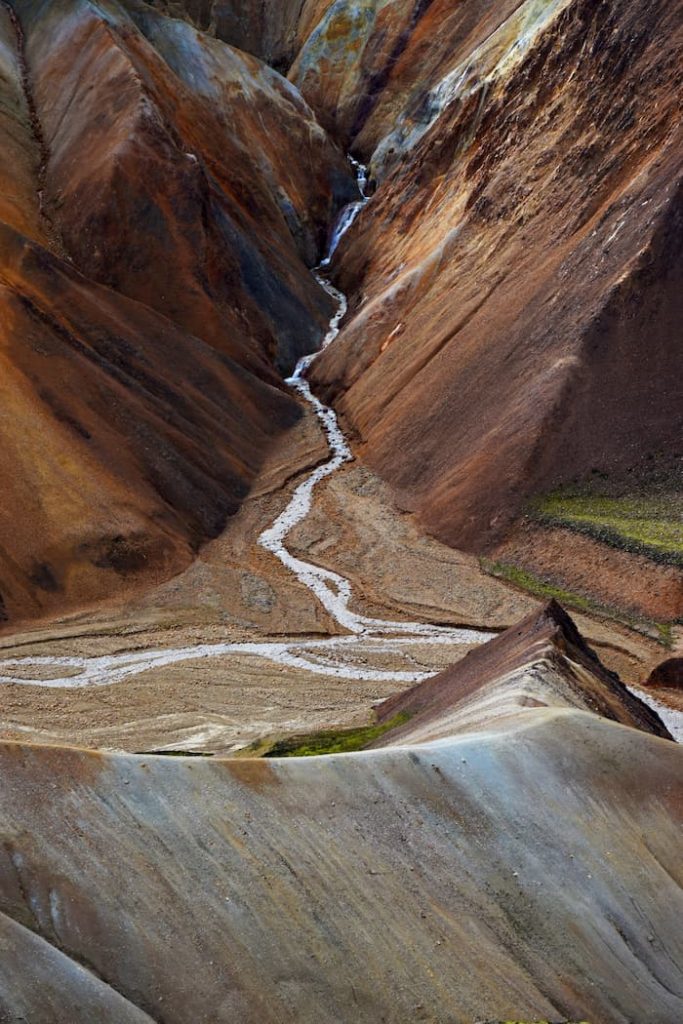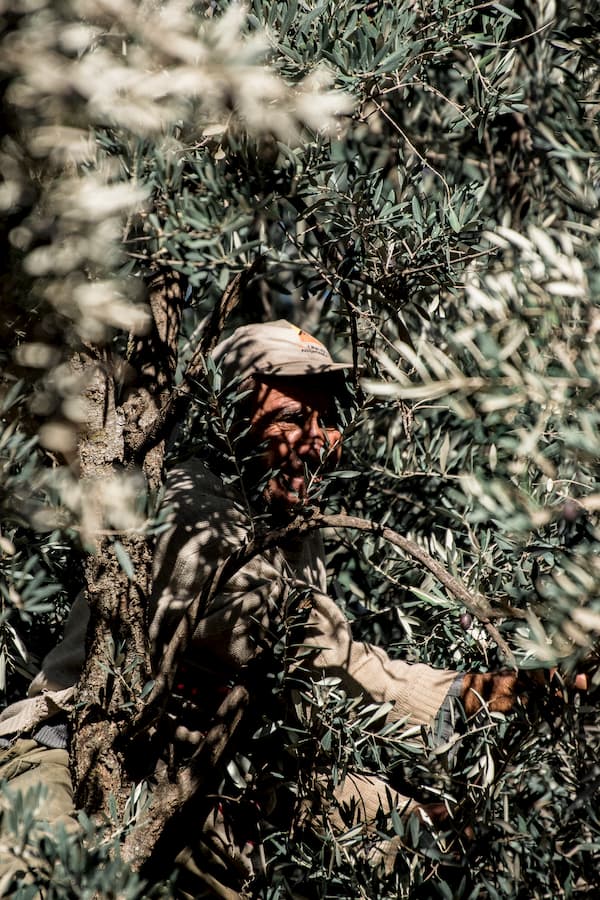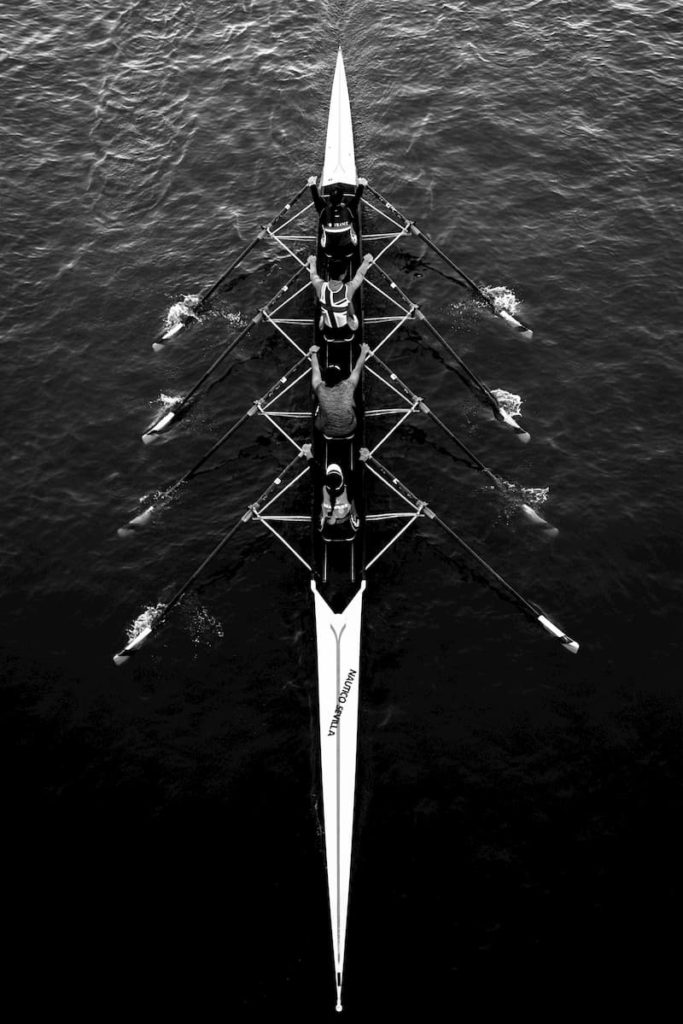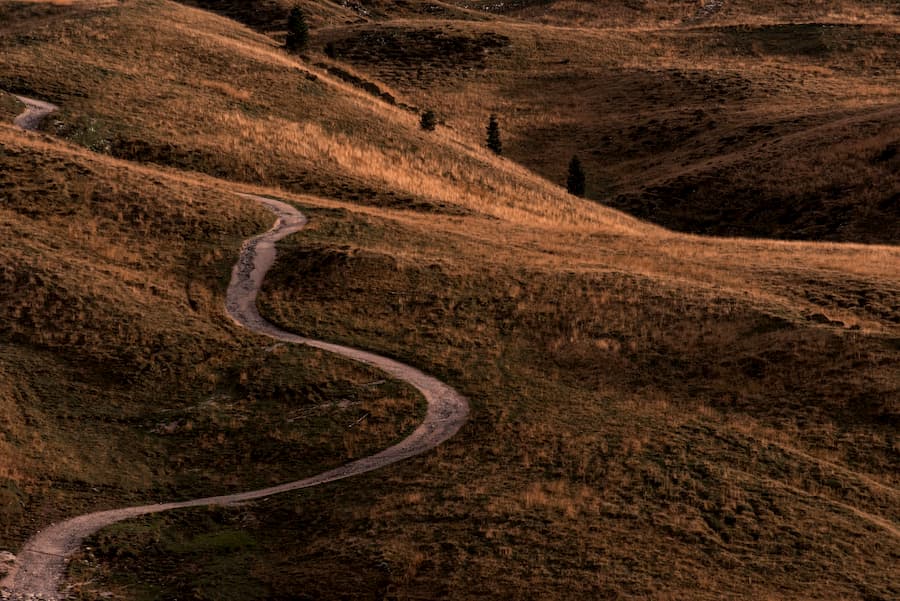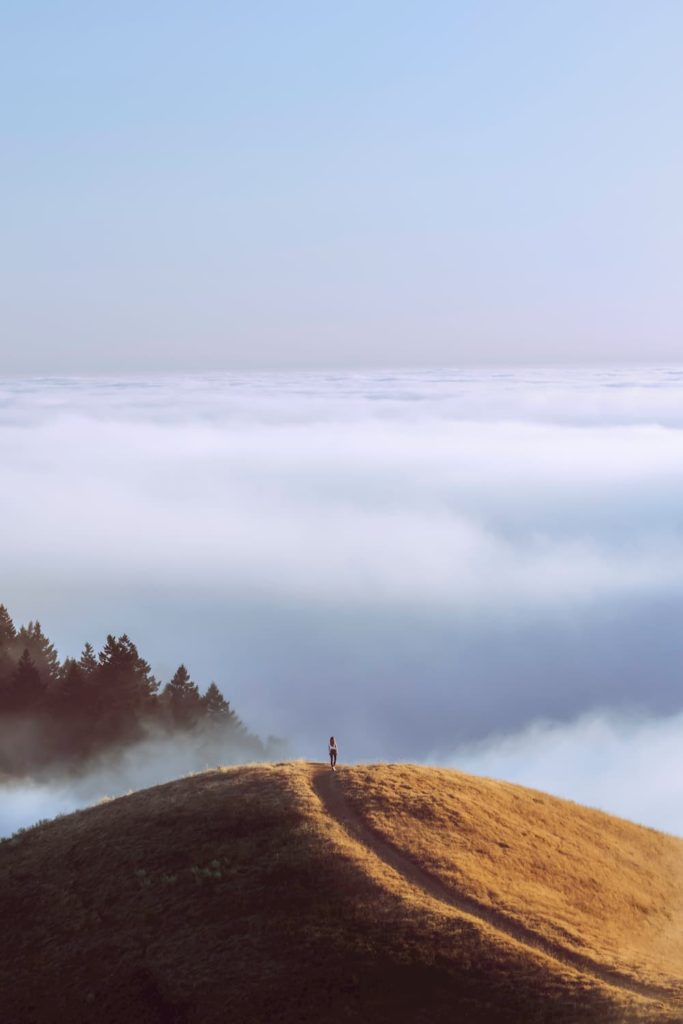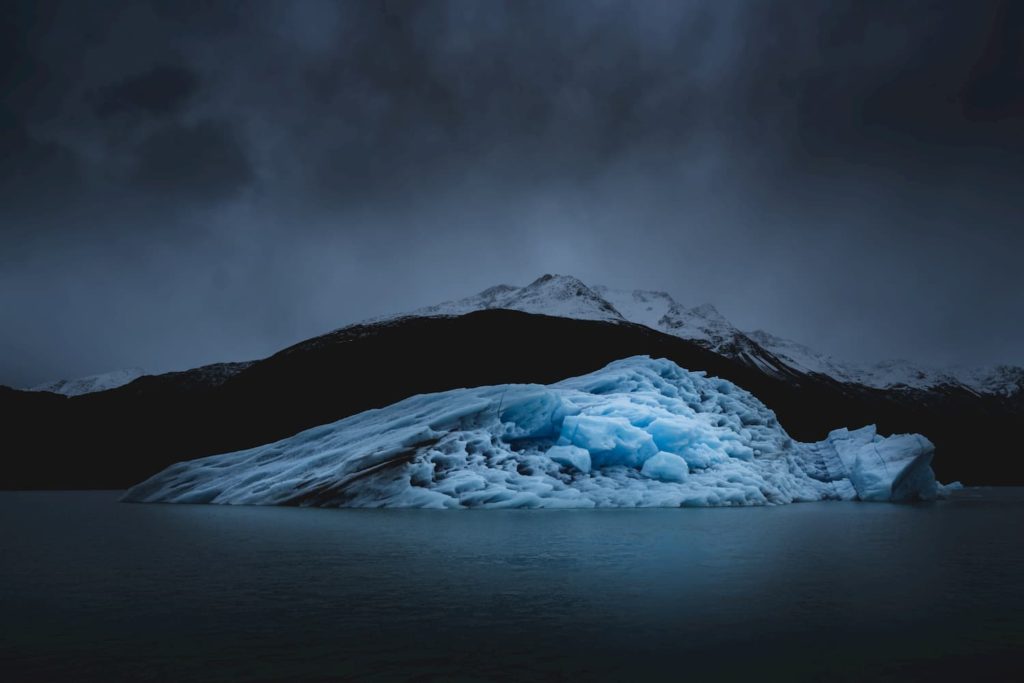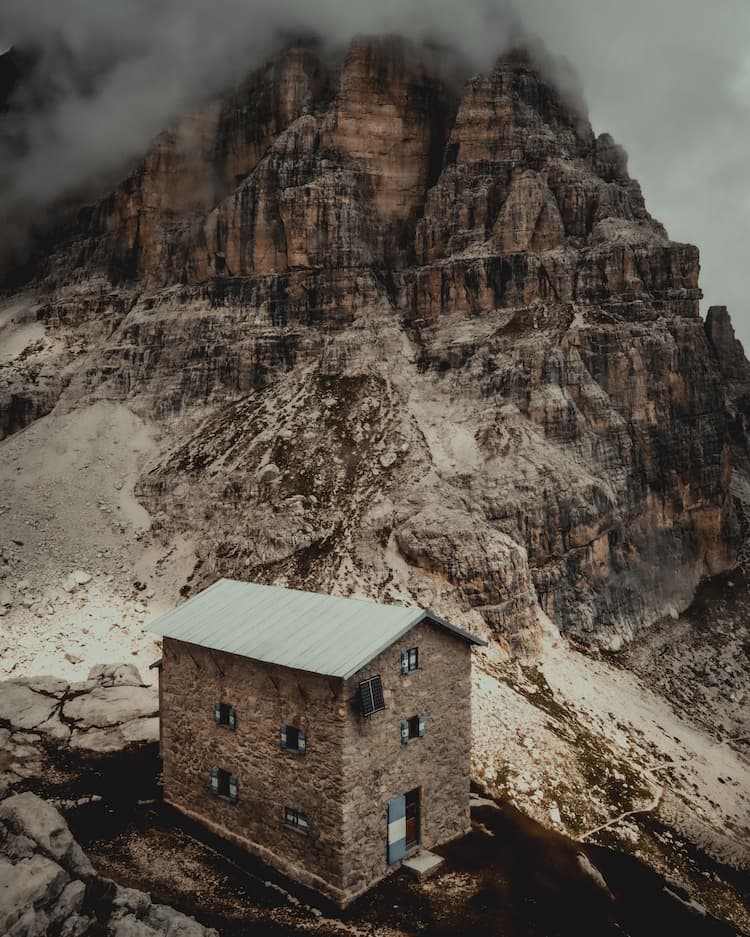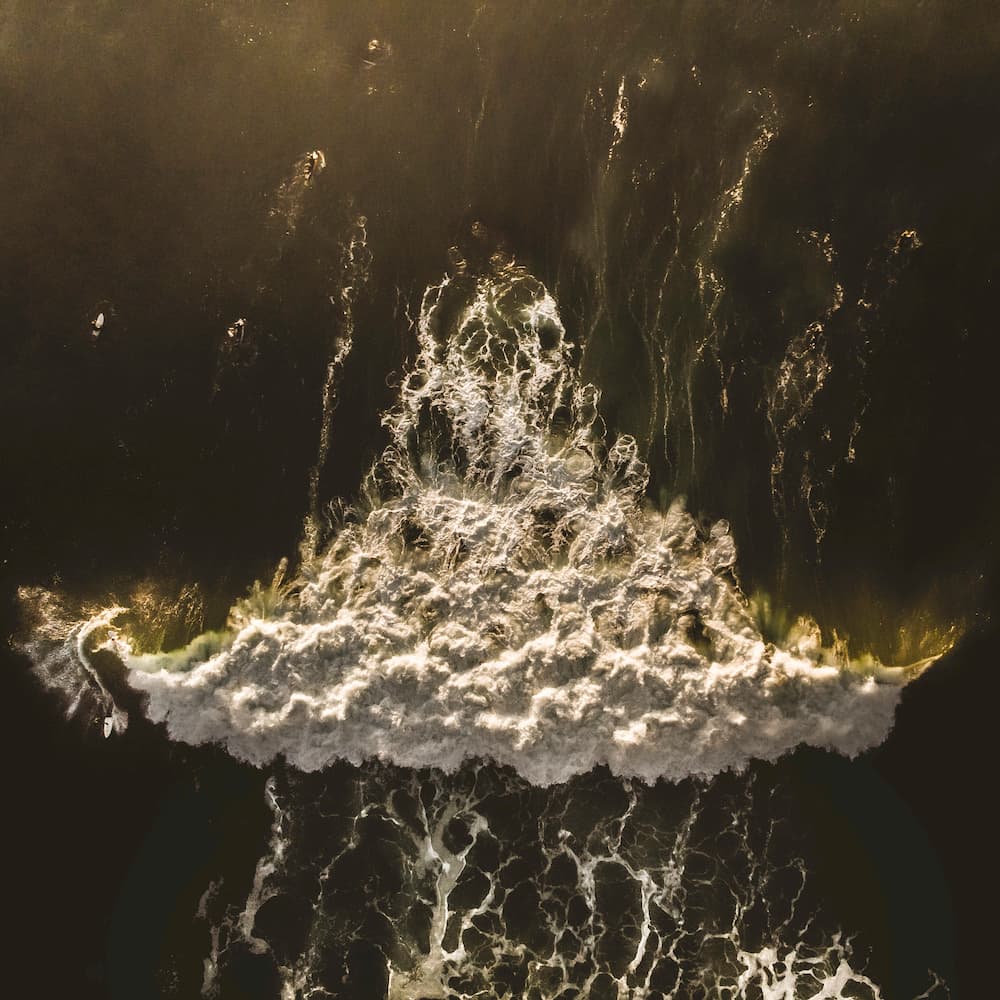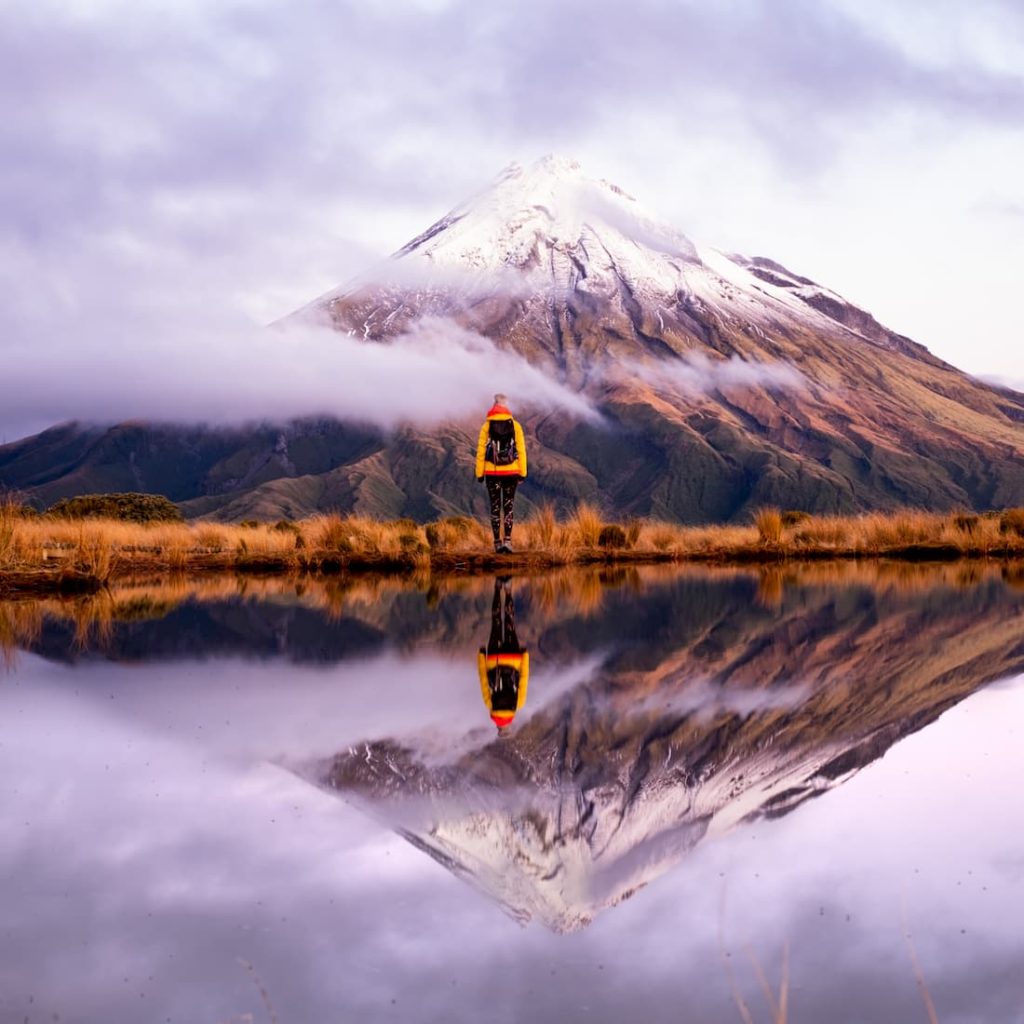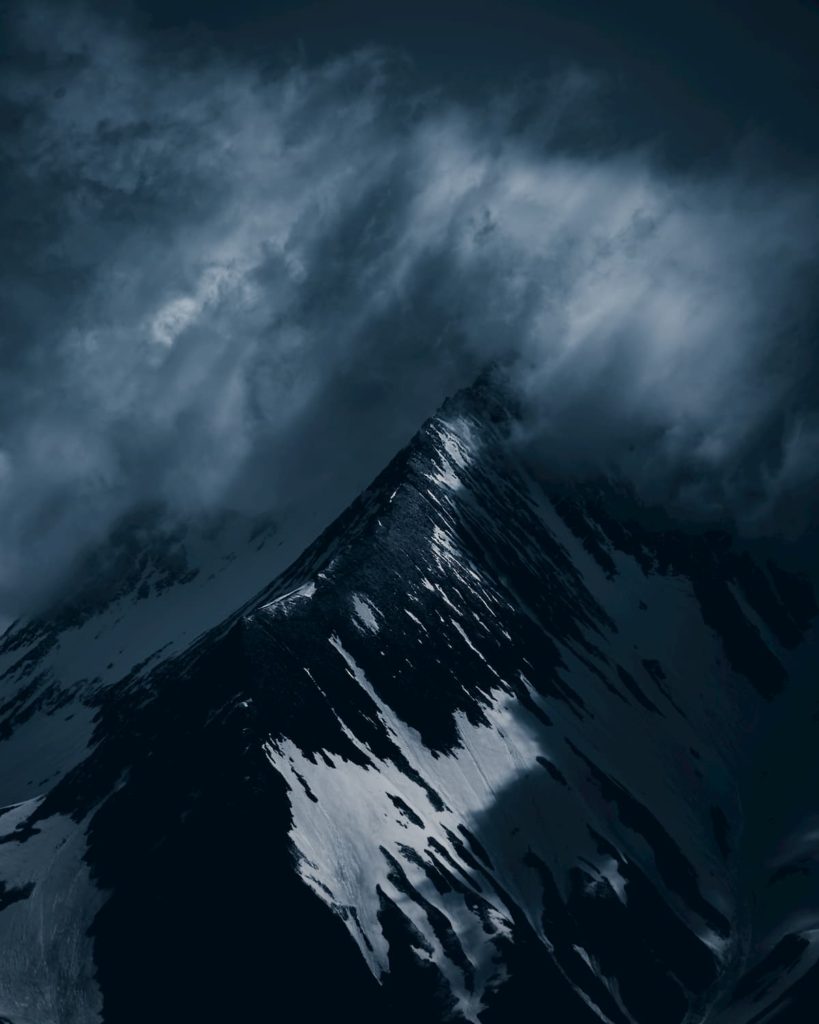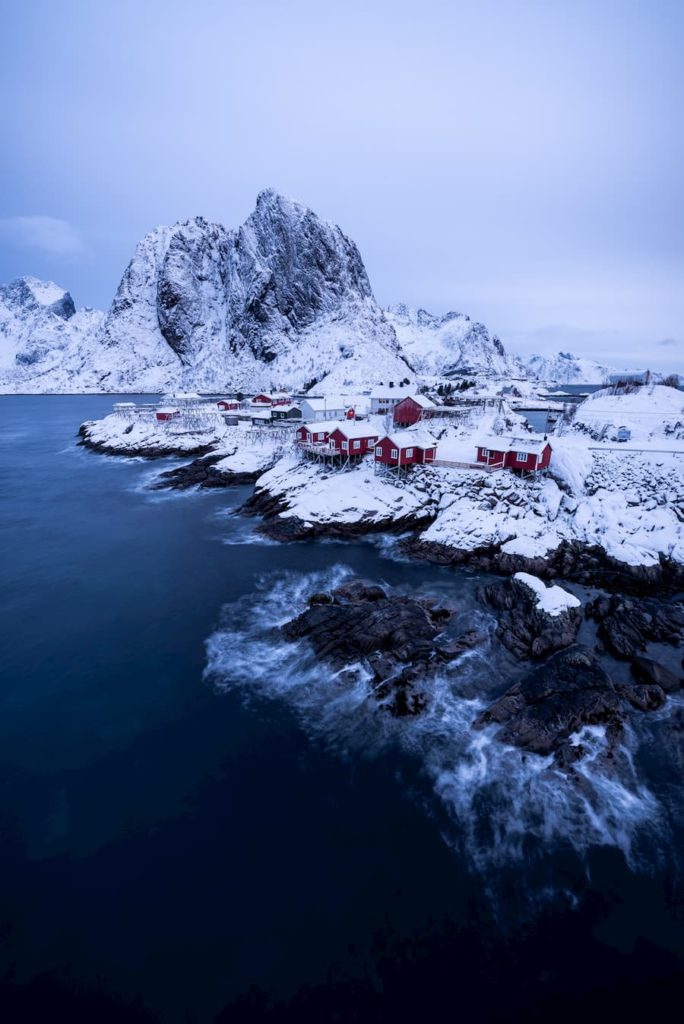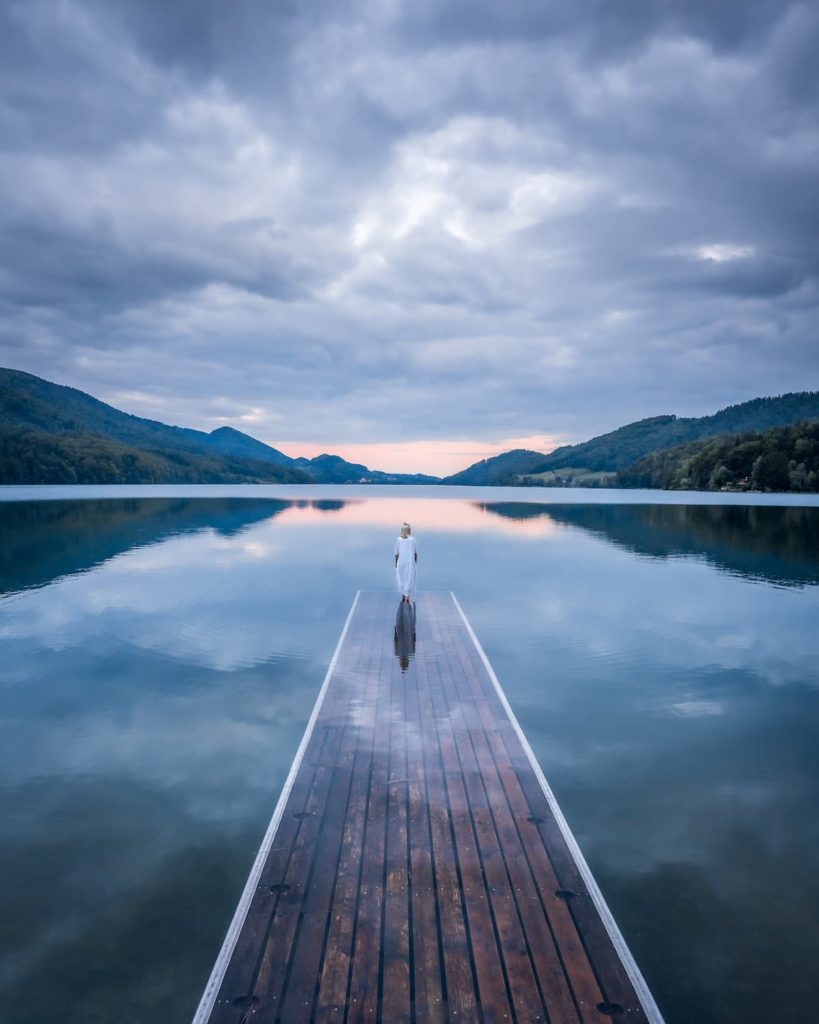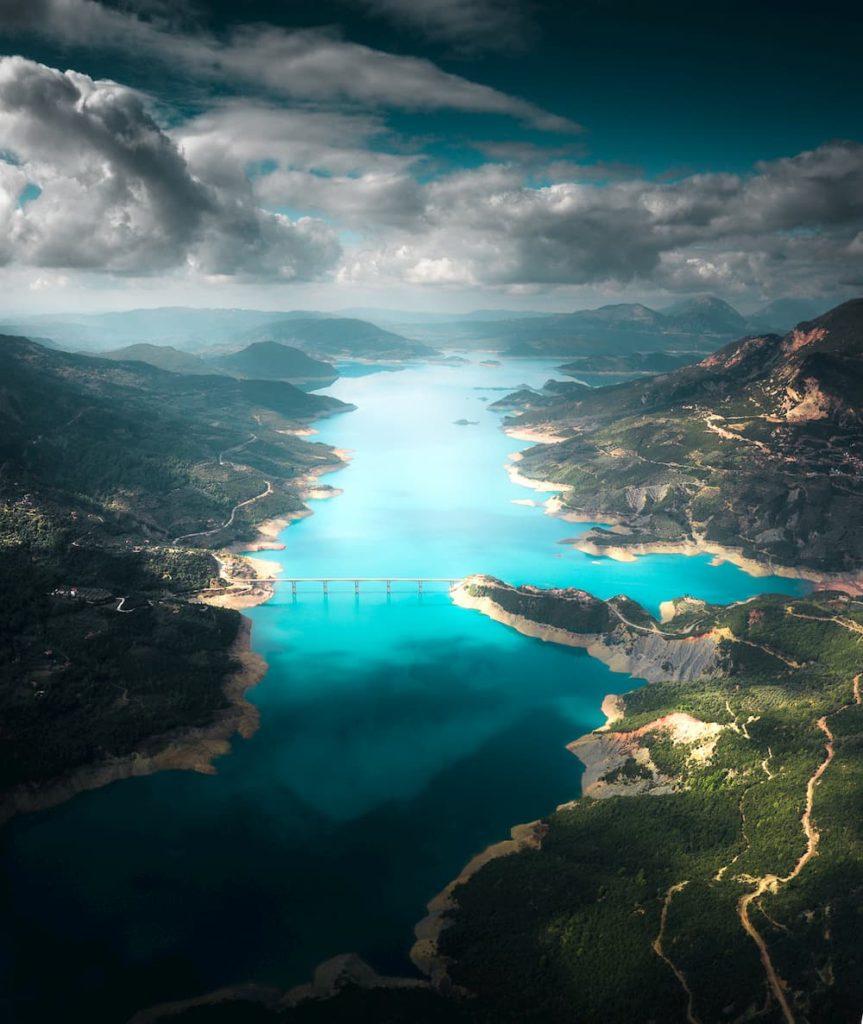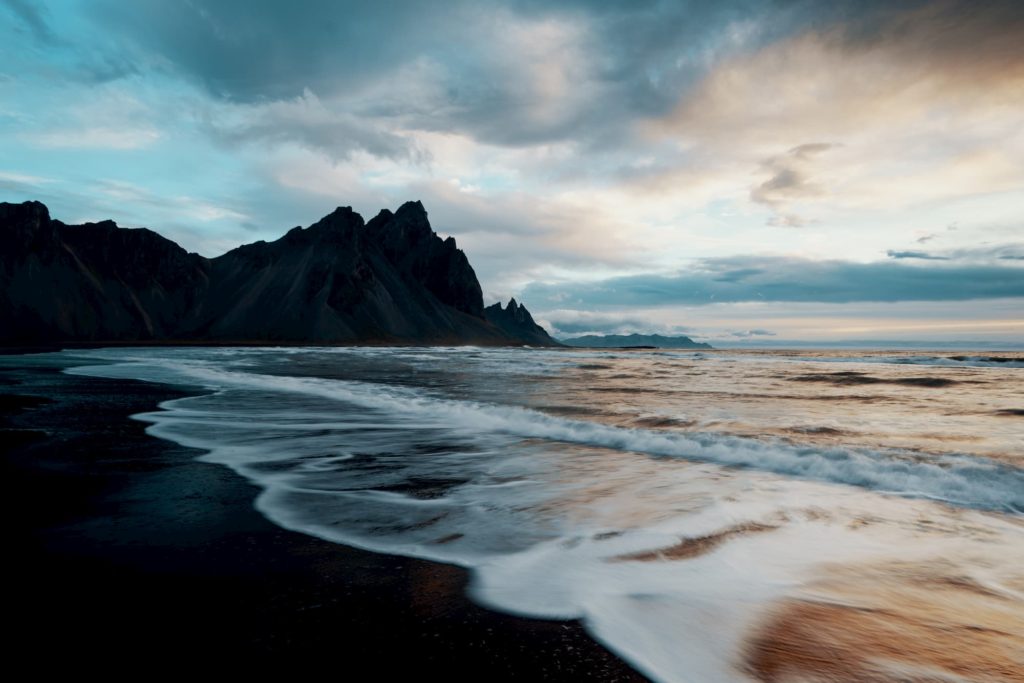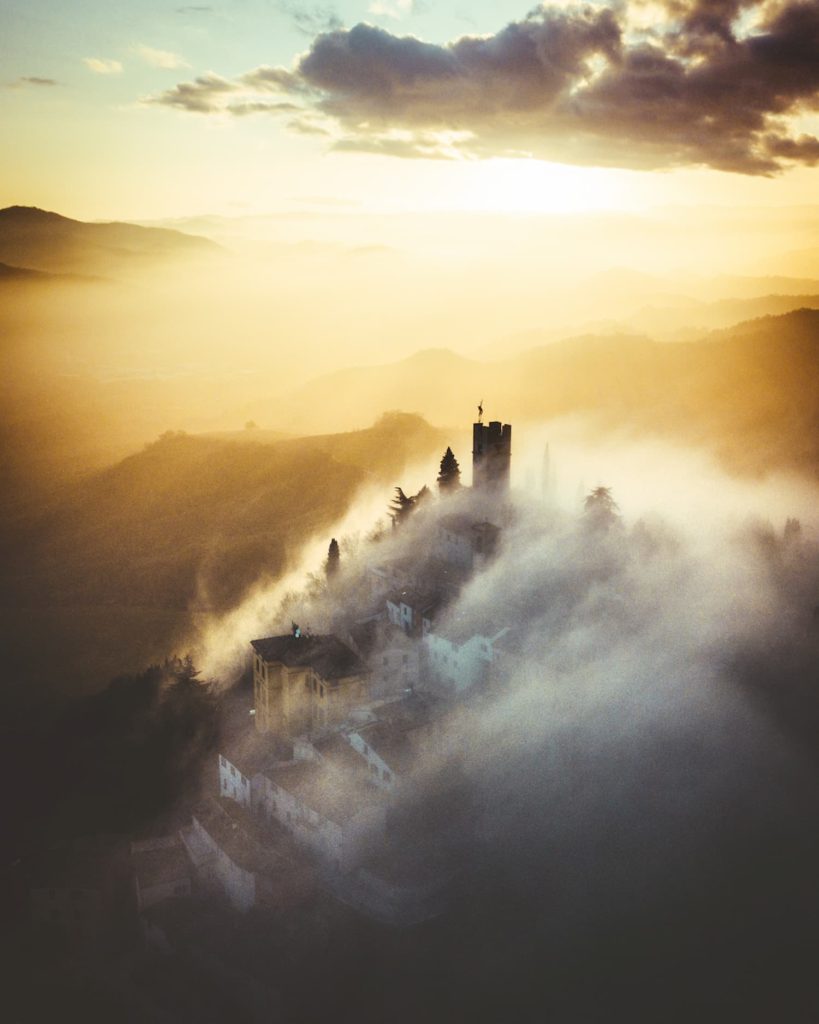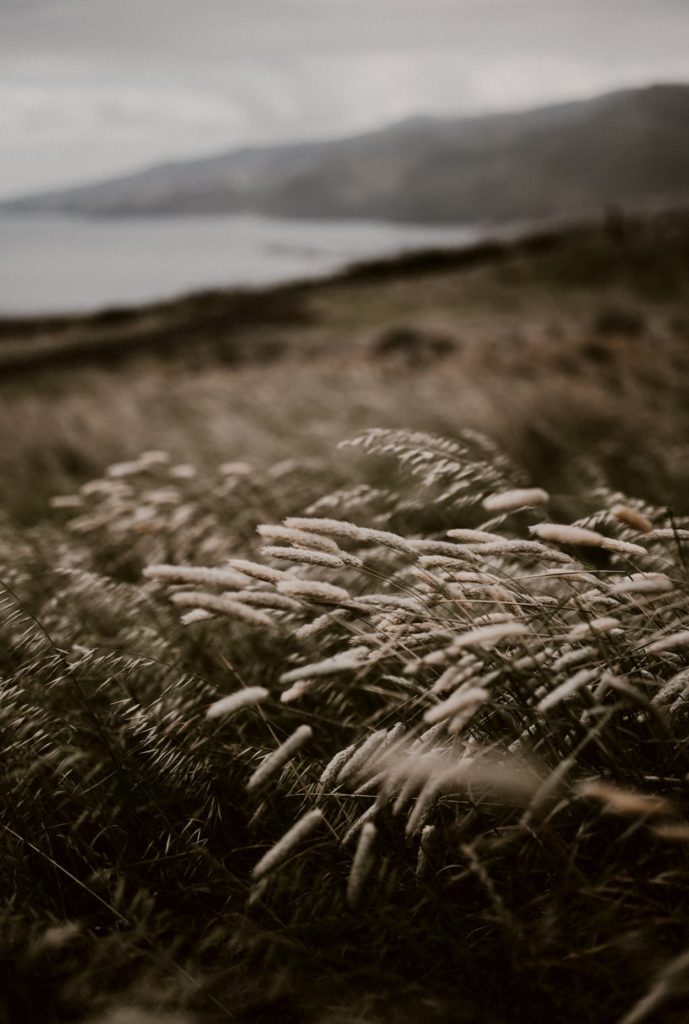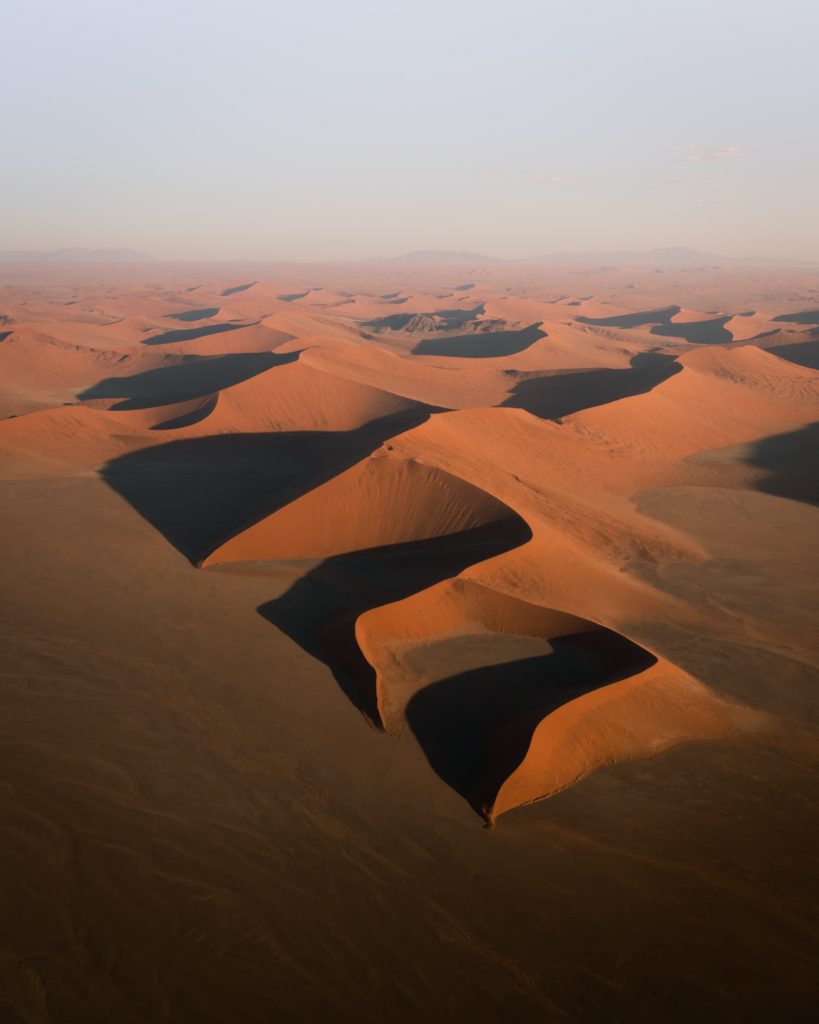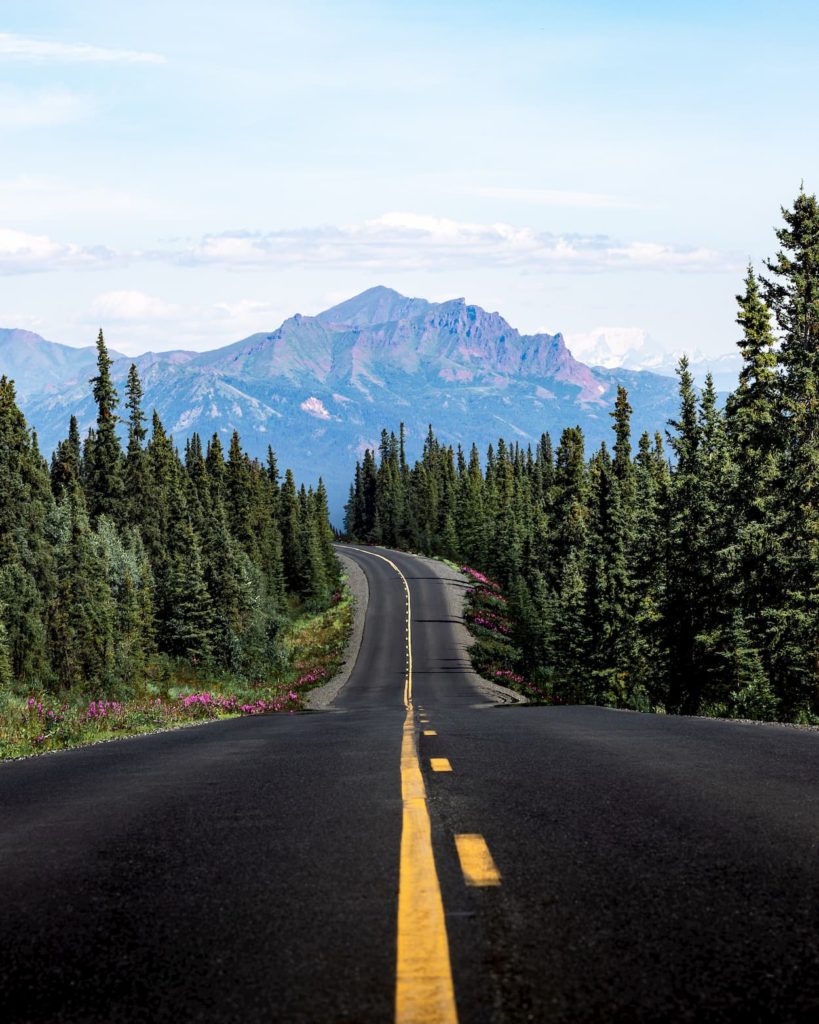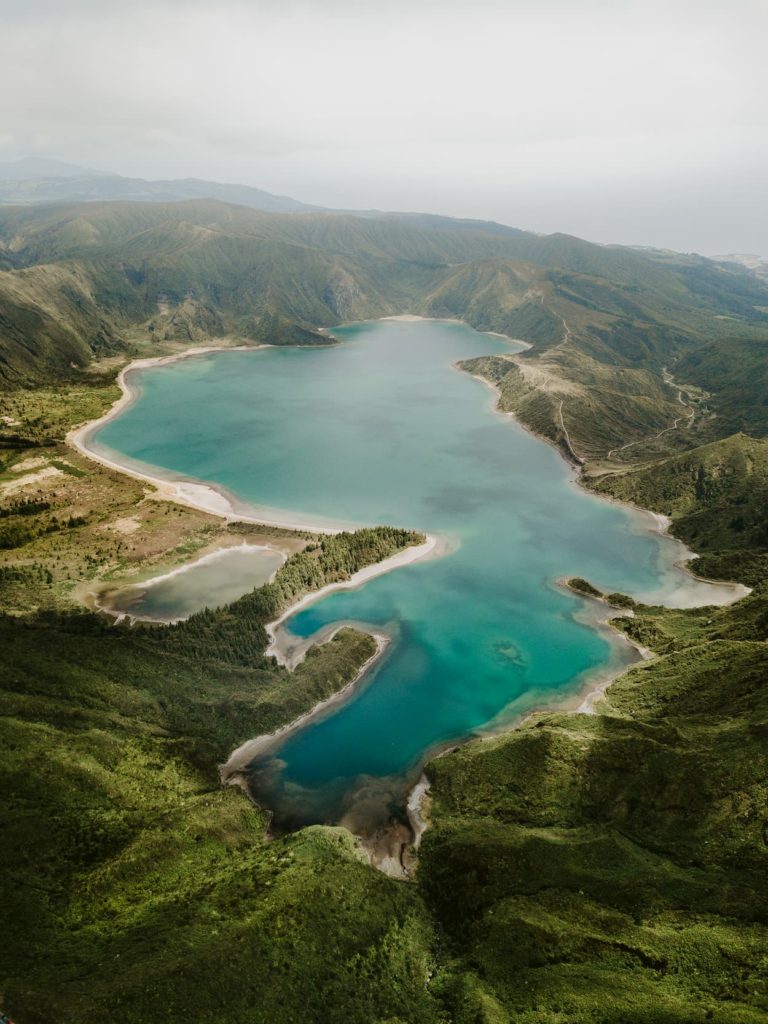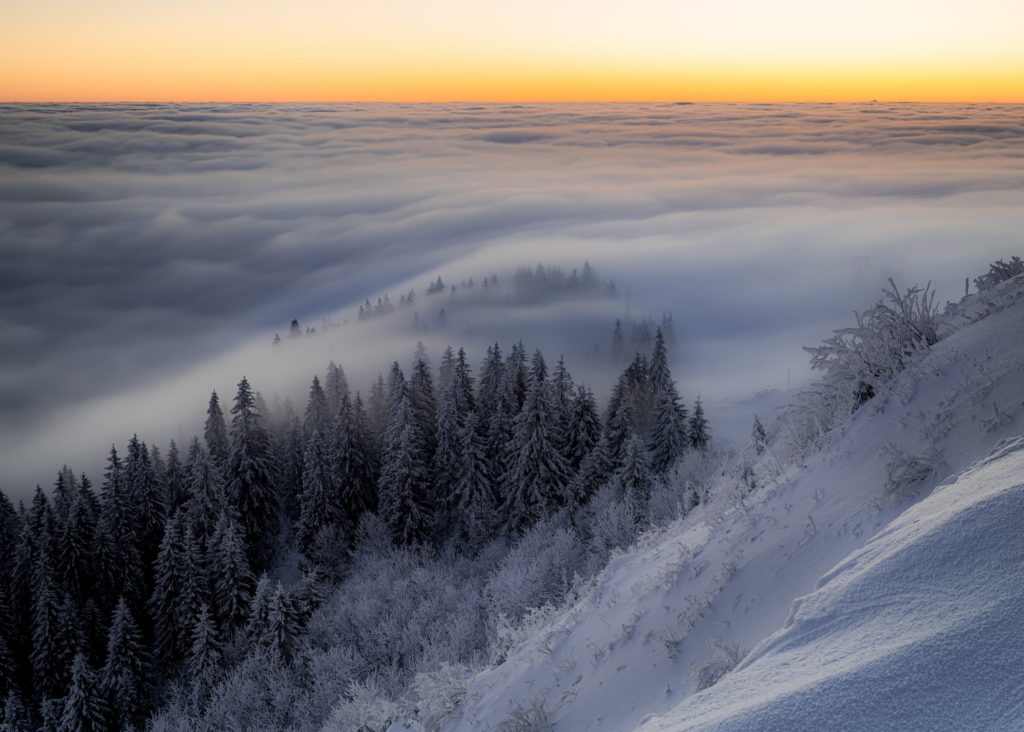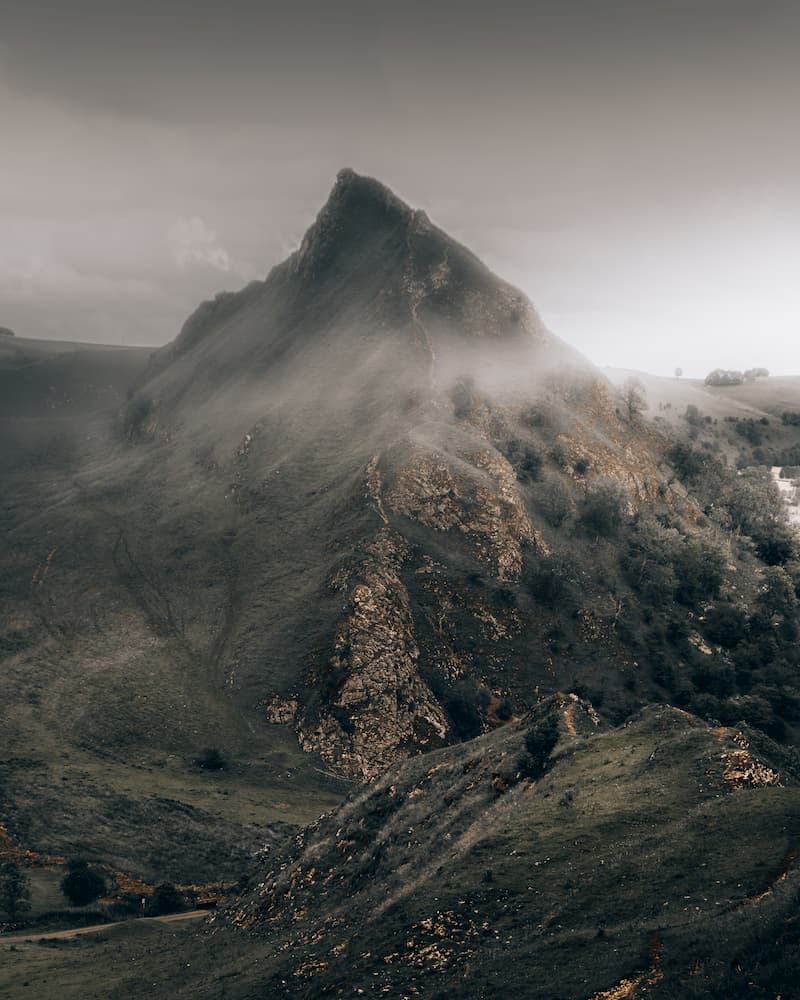
Massimiliano Boz
@esseu_emmeo
Photographer based in Italy
I grew up in Liguria with my grandparents, while my parents would come over every weekend to spend time together. Liguria is one of Italy’s smallest regions, in between the Ligurian Sea and the Ligurian Alps, and home to the well-known town Cinque Terre. So, as a kid I used to pass my time between the mountains and the sea, visit the huge vegetable garden my father’s cousin has on the hill nearby and come across peasants and fishermen that lived in the area too. For a child, growing up like that is fascinating. Plenty of space to play, connected to the elements, and experiencing the power of nature.
When I was five years old I moved to Milan because I had to begin elementary school. As my parents have always loved to travel, especially in southern Italy, and I came to Liguria during the holidays and summers, I never stopped exploring and I never lost connection with nature. Thanks to my parents I discovered new realities, new landscapes and new cultures. My first very significant trip in my life was to Pantelleria island during the summer of 1999.
"My father taught me how to snorkel and I learnt a lot about sea life. And, for the very first time, he gave me his analogic Nikon with a black and white film roll."
I started to take photos of landscapes, little animals and of people we met there. But honestly, I didn’t fall in love with photography. For me it was just a weird game and preferred to draw. I’ve always wanted to become an artist, that is why I chose an artistic direction as of my highschool and did a masters in Exhibition Design. As I had a deep appreciation for nature, I wrote my thesis about how nature can be an artistic value and help to generate authentic masterpieces. During my studies I bought a basic Nikon D3300. Initially it was for university work but once I began shooting it instantly it reminded me of how I was playing with the camera of my dad.
That year (2016), me and my best friend decided to go on an adventure to Iceland. The idea was to spend three weeks around Iceland with just our backpacks, tents and of course our brand new cameras. Iceland is definitely the place where everything started for me in terms of photography. I had never seen something like that; it was exactly what I was trying to demonstrate with my thesis. Iceland is full of natural masterpieces. Some places have so much communicative power that they can literally tell you their story. Sometimes, the only thing that I could do was sit down, contemplating what was in front of me and try to take in everything I could to imprint it into my memory forever. It happened more than once that started to cry out of a sudden; the emotion a landscape can give you is unexpected and overwhelming.
After Iceland, photography became much more than a weird game. It started to be a powerful tool of communication. I decided to use it to communicate everything that called my attention during my travels around the world. In a short period of time my photography was not just about landscape anymore; it was also about nature, the animals and their environment, people and their cultures. We are living in a very particular historical moment, where everything is constantly changing, more often for the worse than for the better. Animal species, glaciers, forests…nature is disappearing. And with that, people choose to live in cities, and lose the connection to their culture, traditions and land.
"What I’m trying to do with photography is to preserve an image of the world, to communicate what it was, what it is and what it is going to be, as humanity, as nature and as territory."
"So what inspires me during my travels is actually everything that I consider unique."
The most wonderful moment I’ve lived during one of my travels is the sunset in Arnarstapi, Iceland. I don’t know why people never talk about Iceland’s rainbows. I guess it is one of the few places on Earthwhere you can see 10, 15 or even 20 rainbows at the same time. Sometimes three starting from the same point. Anyway, we were sitting on the famous basalt cliffs of Arnarstapi and under our feet there was a colony of seagulls busy bringing back food to their cubs. Around us there were a dozen rainbows, but one of them was particularly memorable. It started beyond the mountains behind us and it was ending far on the horizon in front of us. I’m not exaggerating when I say that it was like being on Saturn and the rainbow was one of his rings. It’s hard to describe, you should have been there.
"I am always on my way to learn and I want to improve my communication skills through photography by knowing better the tools."
In order to convey the emotion of a landscape, but also to transmit the human experience through portraits. Regarding that, I have a project in mind that I want to bring to life, starting in Italy. With that I would like to focus on traditional craftsmen and their work. After Italy, I will continue to Japan, North Africa and the Middle East. I still find it difficult to take portraits and I hope that, as the project develops, my skills in portrait photography develop as well. The biggest challenge is that I don’t want to create a fake representation, I want to create an image of their essence. So no posing or modelling, but random people doing their thing. The hardest thing as a photographer is to become invisible to the subjects so their behavior doesn’t change. To me, that makes the difference between a good representation and a powerful portrait. I figured it might help to act as I do during wildlife photography. I stay far away, leaving enough space to not be noticed and using a long-focus lens.
"I am sure I will discover more techniques over time that allows me to capture people in their natural habitat, which indirectly demonstrates the essence of how humans live life nowadays."
"In that regard, one photo that I love and that I consider my most meaningful photo, is a street-like photograph in black and white that I’ve called Backbones."
I was walking over one of the bridges of the Rio Guadalquivir in Seville, Spain when I saw a group of canoes coming very fast towards the bridge. Most of these canoes were piloted by two persons but one of them was piloted by four persons. What impressed me immediately was their coordination and the absolute determination in every single gesture. And suddenly I imaginated the photo I wanted. I began to run along the bridge until I reached the midpoint and pointed my camera at them. I wanted to show the symmetry, their perfect coordination but also their great effort. That image is important to me because it evokes the cooperation between people and it makes them look like one unique body moving along the river. The geometries of the photo show a shape that looks like a backbone with ribs, the body part essentially under effort when canoeing, projected from below to the top, from the darkness to the light.
"For me that represents the entire humanity and its potential."
I believe we can achieve so much in collaboration. We don’t have to go all in the same direction, but having people supporting you in the direction you want to go to gain strength and reach the top, someone that puts backbone into you, is vital. My parents, my sister and all the people that I consider my family have supported me greatly and contributed to me being able to continuously develop and grow personally as well as professionally, as an artist. And all the people I have met on the road, their stories, constantly inspired me to keep shooting, to try something new, and to make mistakes one after the other in order to achieve goals, one after the other.
“Success is achieved through dedication and effort, not hopes and dreams or wishful thinking.”
Would you like content like this sent to your inbox?
MUST READ STORIES OF SEPTEMBER
MUST READ STORIES OF AUGUST
MUST READ STORIES OF JULY
MUST READ STORIES OF JUNE
MUST READ STORIES OF MAY
NOMADICT
ART GALLERY
THE LATEST STORIES
WRITEN WITH PASSION TO INSPIRE YOU

Miroslav Maršík (@miromarsik): Photographer based in Czech Republic
In this article, Miro shares how his love for cinematic music evolved into a deep passion for photography and how he uses light, color, and atmosphere to turn the streets of Prague into living film scenes.

Aurora photography panorama workflow: A guide to camera settings, editing, and color
In this article, Stefanie reveals how her background in physics sparked her passion for astrophotography and how she blends science with creativity to capture the beauty of the night sky. Readers will discover her approach to color, contrast, and editing, as well as her aurora photography workflow.

Yhabril (@yhabril): Best of the Week 33 at #nomadict
Spanish photographer Yhabril captures the profound connection between humans and the mountains that shaped him. Growing up in the Pyrenees, his work bridges outdoor sports, landscapes, and celestial scenes — often blending athletes, moonlight, and wilderness into striking visual stories.

Ariane Totzke (@besondersschwierig): Photographer based in Switzerland
In this article, Ariane shares how photography helped her navigate personal challenges, connect authentically with people and animals, and develop a philosophy rooted in empathy and artistic freedom. Readers will also discover her ethical approach to wildlife photography and her trusted equipment for both camouflage techniques and cameras.

How to photograph Dutch tulip fields: A guide to light, gear, composition, and colors
Discover how to photograph Dutch tulip fields in their most magical light. From choosing the right gear and lenses to mastering composition, color, and aerial perspectives, this guide shares creative techniques to capture the beauty of the Netherlands’ tulips. Learn how light, color grading, and proportion bring emotion into every frame.
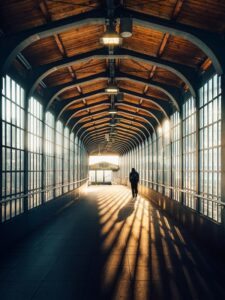
Cinematic city photography: An essential 6-step workflow
In this article, you’ll learn how to read and use light in your home city, choose the right technical settings for low-light scenes, and refine your editing workflow to shape color and atmosphere step by step. In addition, Dominik shares how to find fresh perspectives on familiar locations, five lessons that transformed his photography, and insights on the future of street photography.

Kyle van Bavel (@kylevanbavel): Photographer based in the Netherlands
Kyle van Bavel is a macro photographer with a distinctive, dreamy style that transforms the unseen details of nature into magical worlds. In this article, he shares how his unique vision, shaped by a journey of self-learning and overcoming dyslexia, has become his greatest creative strength.

Inês Preto (@minespreto): Best of the week 20 at #nomadict 2025
Inês is a nature photographer drawn to wild, remote places where weather, wildlife, and mood shape her storytelling. In this article, she shares the behind-the-scenes journey of capturing the Best of the Week image: a puffin trio on the Faroe Islands. She explains how she approached the edit of this image, and shares key lessons she’s learned through experience.
